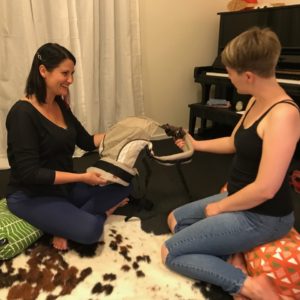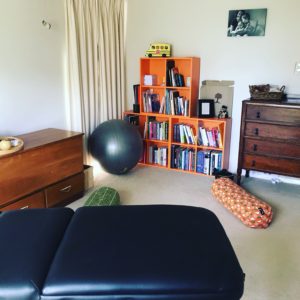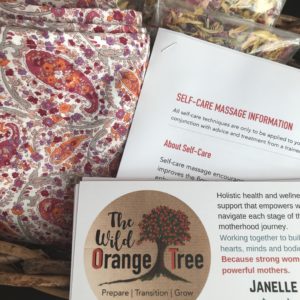Feeling curious about what a session might look or feel like?
Every appointment is personalised to you so the answer to this question can be a bit different for everyone. Some sessions might be very focused on psychological strategies to support your mental health and we will do a lot of talking. Sessions can also be focused on physical challenges and we will mostly work with your body to bring adjustment and shifts that support your goals. However I love working at the intersection of the head, heart and womb, and if it feels right for you, we will usually end up bringing together a range of thinking, feeling, doing and being experiences.
I plan for each session to feel relaxed and like a conversation. As an occupational therapist I am interested in learning more about:
Your body – What is happening for you physically, emotionally or spiritually? This can include your menstrual, pelvic, digestive and reproductive health. What does your head think is happening and does your body agree? We can look at how you use your body to sit, stand and move, or the way you feel and react when certain situations come up. So often we are conditioned to think about our bodies as separate parts, but in mothering and feminine experiences we need to acknowledge how physical and mental health are interconnected and need to be addressed together.
The things around you – The physical set up of our homes and communities can significantly impact our ability to function. Socially and culturally we may be faced with expectations, support or criticism that we need to navigate in order to find our own way of doing things. And mothering usually happens within the vacuum of culture that does not honour or understand the enormity of the mothering transition. We are quick to pathologise the mother when we would do better to explore the context of her daily life, and this is something that I help mothers explore in depth.
What you do – I want to know about the range of everyday tasks that you do and the reasons why you do them. I might ask about your habits and routines, and how you feel about the roles and activities you take on as a mother. I want to help you move toward building and living the life that is meaningful to you.
“How we spend our days is, of course, how we spend our lives.”
— Annie Dillard, The Writing Life




